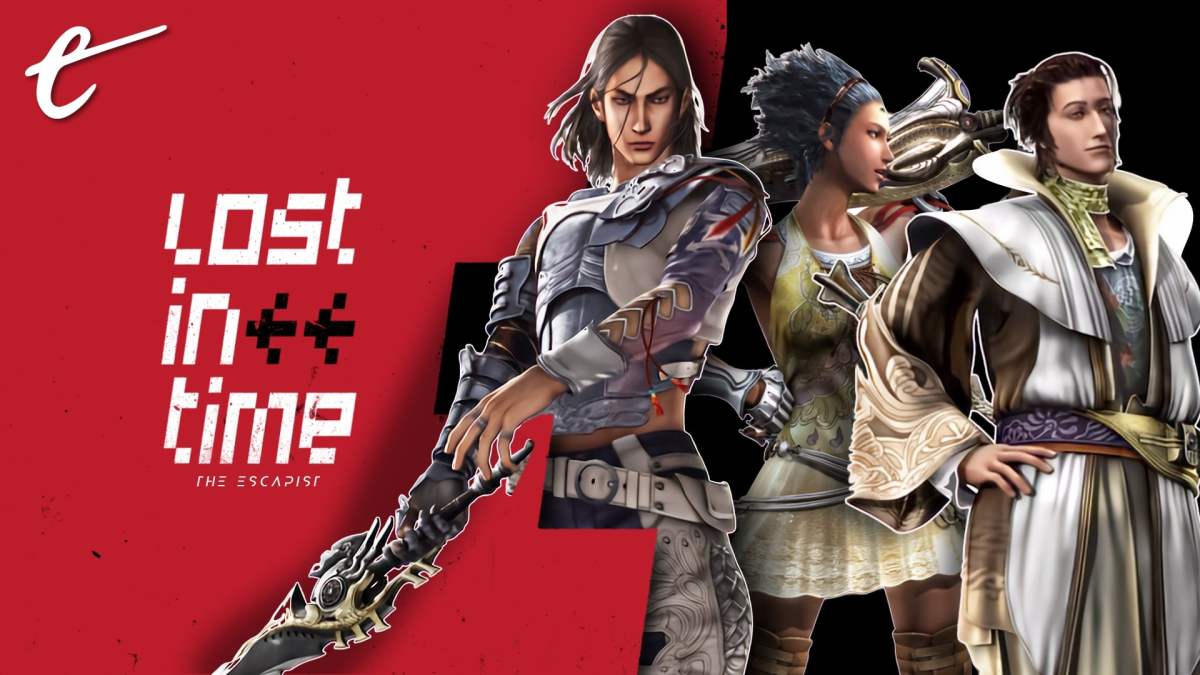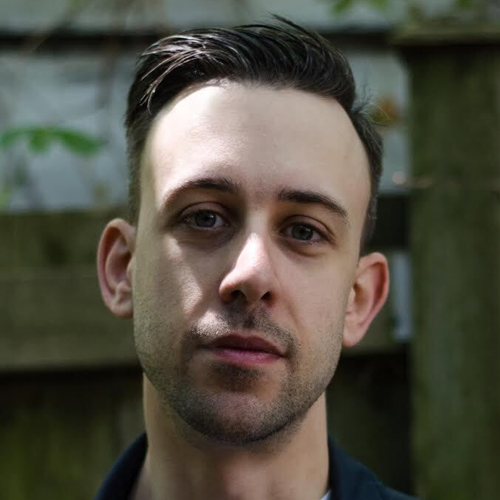Okay, maybe not. While Blue Dragon is a love letter to the Saturday Morning Cartoon vibe of JRPGs like Chrono Trigger, Lost Odyssey‘s ambition was to tell a mature story about war, family, memory, and the passage of time, mostly achieved through a visual novel-style storytelling device and not the game’s actual narrative. From its brooding, hot-boy protagonist to its techno-fantasy world, Lost Odyssey has more in common with Final Fantasy 8 than Dragon Quest.
Lost Odyssey‘s best quality is its visual design. The world is in the middle of a magic-driven industrial revolution, so everything has this cool rickety, Victorian, art-deco style, like steampunk but with less top hats and more glowy purple shit. Some of the game’s concept art was done by Christian Lorenz Scheurer, who’s worked on a lot of big sci-fi movies including The Fifth Element, and Lost Odyssey has the same dense, overdesigned creativity of that film. The team used Unreal Engine 3 to build everything out, which allowed for a graphical fidelity that did Scheurer’s designs justice.
It also caused a lot of problems. Building the game in Unreal allowed the team to start development before the Xbox 360’s hardware was finalized, but they also had to deal with constant updates to the software, and a game engine that was originally created to run, well, Unreal, a PC-based first person shooter. Using the Unreal Engine to make a JRPG is a good metaphor for the Xbox 360 in general: a machine designed to make fast-moving, visually stunning action games forced to render a slow-moving, deliberate narrative experience.
So how is that narrative? Well, it’s, uh. Yeah.
Players control Kaim, a thousand-year-old immortal warrior. After surviving a meteor strike, Kaim is dispatched by the ruling council of Uhra to investigate strange occurrences at Grand Staff, a massive construction project designed to harness magical energy run by Councilmember Gongora, who believes it will finally give the Republic of Uhra victory over the nation of Khent. If you love thinly drawn characters screaming Made Up Proper Nouns at each other, you’ll love Lost Odyssey.
Kaim is aided in this vital, world-saving quest by Seth, a warrior wearing an armor-plated nightie, and Jansen, a whiny useless annoying idiot whose charm wears out fast. Ugh. And of course Kaim has, stop me if you’ve heard this, lost his memory, which, to be fair, does connect to Lost Odyssey’s best (only?) original idea.
As you journey through the world, Kaim will occasionally “unlock” a memory. These take the form of short stories written by Japanese novelist Kiyoshi Shigematsu. “A Thousand Years of Dreams,” as they’re called, fill in the world of Lost Odyssey and Kaim’s backstory. They’re well-written and obviously intended to evoke an emotional connection to Kaim that the game’s narrative won’t allow.
But that presents a problem. The writing in these stories is so good it emphasizes how weak the dialogue is in the main game. One minute you’re reading a deeply soulful story about Kaim encountering various members of a family whose nomadic religion forces them to march non-stop into the West, leaving their deceased family members behind. And then you’re dropped back into the game, where your dumbass healer is whining about the rain and hitting on the only woman for a thousand miles, who defends herself by demanding that Kaim tell her she’s pretty, and the only thing your heroic protagonist can muster is a dismissive TSK because he’s too hot to give a damn about anyone else. The psychic damage caused by this tonal whiplash gave me a migraine. It’s like watching Oppenheimer in IMAX and Vanderpump Rules on your phone at the same time.
And The Thousand Years of Dreams stories are so long. I don’t blame Shigematsu for being wordy — I’m a writer, I get it — but I really value delivering an emotional punch in as few words as possible. A Thousand Years of Dreams is a heartbreaking collection of short stories — it was released as a book in Japan — but as a load-bearing pillar of a massive video game, it’s super clunky, and one thing Lost Odyssey does not need is more clunk.
Most people aren’t booting up a turn-based RPG and expecting a thrilling, fast-paced experience. Lost Odyssey does try to shake things up with an active attack system where a timed button press does more damage, but it’s not very engaging. It can also be punishingly difficult in the early hours — good luck with the first boss! — requiring grinding, and, unlike Blue Dragon, Lost Odyssey has random encounters with invisible enemies, which drag the game’s pace to a crawl.
Keeping the gameplay this traditional was intended to allow Sakaguchi to experiment with his story, and it certainly goes to some wild places involving parallel universes and the character’s emotions affecting the fabric of reality. But as the plot goes big, the characters get flattened into terrible anime stereotypes who are nothing but vessels for Big Feelings. As such, the Thousand Years of Dreams interludes become unmoored from the characters, giving you a disjointed, unsatisfying experience.
Lost Odyssey is quantity over quality, and its reputation as a hidden gem speaks to the desert of good storytelling in video games in the late-2000s. I’m not saying it’s impossible to make an emotional connection to the story or that you’re wrong if you, personally, had one, but it’s easier to connect to a story when you’ve spent dozens of hours with these characters. This Stockholm Syndrome Storytelling has elevated many bad video game narratives to legendary status. Lost Odyssey is just another example.
But don’t take my word for it! Lost Odyssey is easily playable today thanks to Xbox’s backward compatibility. If you like big, sweeping anime epics that put more value on emotion than storytelling, or if you want to lose yourself in a big JRPG that calls back to the PlayStation 1 era, give Lost Odyssey a shot. Just don’t blame me if it leaves you feeling hollow, like a fast-fading dream.






Published: Sep 5, 2023 03:08 pm